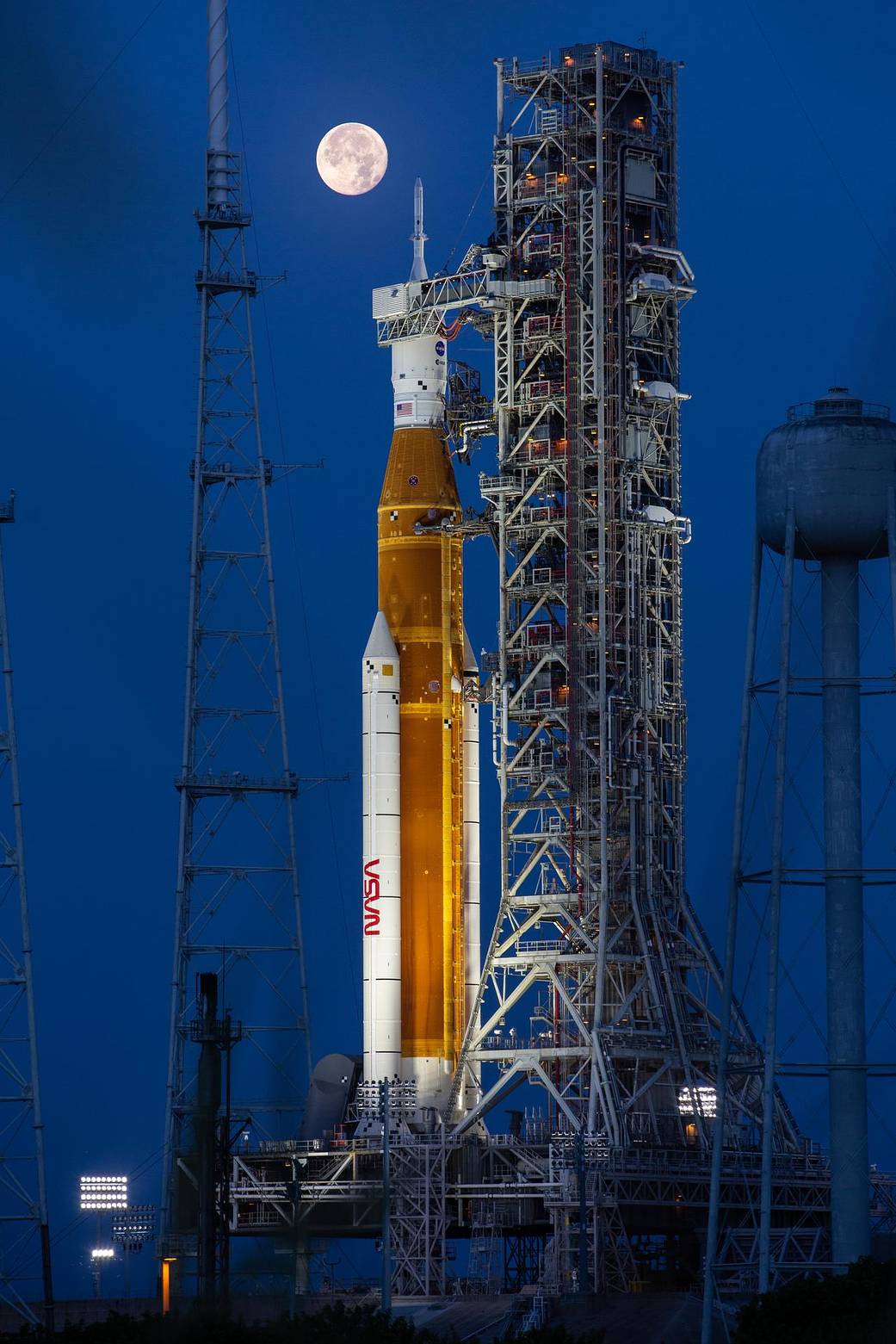
The launch of Artemis 1, an uncrewed test flight for NASA’s Artemis program, signals the first step of a new era of exploration of the Moon. With Artemis missions, NASA plans to land the first woman and first person of color on the Moon to explore more of the lunar surface than ever before. The Artemis project will establish the first long-term human-robotic presence on and around the Moon, in collaboration with commercial and international partners. Our publications reviews NASA programs and guide the future of space exploration. As always, all are free to read or download.

Origins, Worlds, and Life: A Decadal Strategy for Planetary Science and Astrobiology 2023-2032
The next decade of planetary science and astrobiology holds tremendous promise. New research will expand our understanding of our solar system’s origins, how planets form and evolve, under what conditions life can survive, and where to find potentially habitable environments in our solar system and beyond. Origins, Worlds, and Life: A Decadal …[more]

Achieving Science with CubeSats: Thinking Inside the Box
Space-based observations have transformed our understanding of Earth, its environment, the solar system and the universe at large. During past decades, driven by increasingly advanced science questions, space observatories have become more sophisticated and more complex, with costs often growing to billions of dollars. Although these kinds of …[more]

Fostering diverse and inclusive teams that are highly skilled, innovative, and productive is critical for maintaining U.S. leadership in space exploration. In recent years, NASA has taken steps to advance diversity, equity, inclusion, and accessibility (DEIA) in their workforce by releasing its equity action plan, emphasizing how diverse and …[more]

Foundations of a Healthy and Vital Research Community for NASA Science
The U.S. space science community includes thousands of scientists across multiple disciplines that influence and are influenced by the many engineers, technicians, and support personnel that are part of the space research enterprise. Over one-third of NASA’s budget is devoted to space science, and the agency currently operates over 50 space …[more]

Human Spaceflight: Apollo 50 Years On: Proceedings of a Forum
Human Spaceflight: Apollo 50 Years On summarizes the 2019 National Academies of Engineering Annual Meeting plenary presentations and forum. The Annual Meeting celebrated not only the 50th anniversary of the Apollo 11 mission but human spaceflight in general, from the first ventures beyond Earth’s atmosphere to future flights to the Moon, …[more]

On December 11, 2017, President Donald Trump signed Space Policy Directive-1 (SPD-1). The new directive replaced original text in the National Space Policy of the United States of America and instructed the Administrator of the National Aeronautics and Space Administration (NASA) to “lead the return of humans to the Moon for long-term …[more]

Since its inception, the U.S. human spaceflight program has grown from launching a single man into orbit to an ongoing space presence involving numerous crewmembers. As the U.S. space program evolves, propelled in part by increasing international and commercial collaborations, long duration or exploration spaceflights – such as extended stays …[more]

As the National Aeronautics and Space Administration (NASA) retires the Space Shuttle and shifts involvement in International Space Station (ISS) operations, changes in the role and requirements of NASA’s Astronaut Corps will take place. At the request of NASA, the National Research Council (NRC) addressed three main questions about these …[more]

Recapturing a Future for Space Exploration: Life and Physical Sciences Research for a New Era
More than four decades have passed since a human first set foot on the Moon. Great strides have been made in our understanding of what is required to support an enduring human presence in space, as evidenced by progressively more advanced orbiting human outposts, culminating in the current International Space Station (ISS). However, of the more …[more]